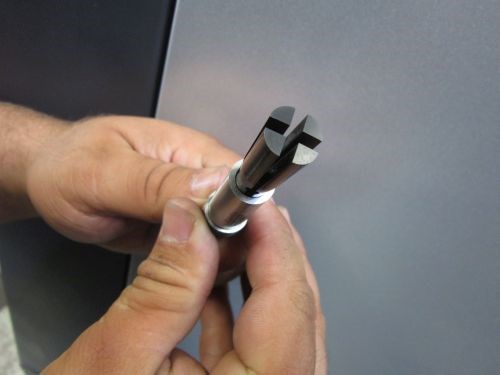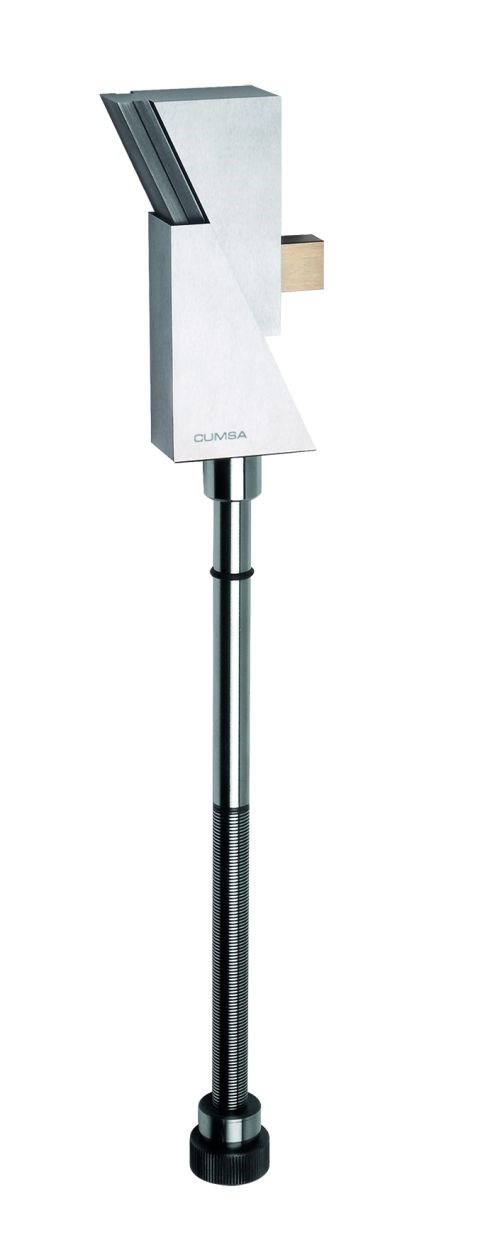Easy Fixes for Tough Undercuts
Here are two examples of off-the-shelf components handling much of the legwork when it comes to releasing tough undercuts.

Seescan, which specializes in utility locating and inspection equipment, used this tulip ejector to release an undercut on a mold for a watertight camera seal.
The right off-the-shelf component can make life a lot easier for any mold manufacturer, even one with a laser-like focus on doing as much as possible in-house.
"Do it yourself" is certainly the modus operandi for Seescan, a San Diego-area OEM that judges success in large part by how quickly it can get new products to market. To that end, the operation recently added more than $1 million worth of new equipment that provides new options in terms of manufacturing strategies—options that have eliminated the previous problem of new product designs being constrained by in-house capabilities (read this article to learn more). When mold shop manager Kirk Joy cited the use of a tulip ejector (shown above) to release a difficult undercut as an example, I assumed this component had been made entirely in-house, too. As it turned out, however, the company had purchased the tulip ejector from CUMSA, a Spanish manufacturer of mold components with U.S. headquarters in Michigan.
That’s not to say Joy was wrong when he cited the use of the tulip ejector as an example of how new equipment has unlocked new capabilities. On the contrary, the hole visible toward the bottom of the core was burned on a sinker EDM, a piece of equipment the shop didn’t have before. My mistake was assuming he’d manufactured the entire component. Given the relatively complex construction and moving action of the ejector, purchasing the component was no doubt the far better option. (Check out the video on this page to see how the tulip ejector works.)
Some off-the-shelf components can even eliminate the need for more sophisticated equipment. In one example, Mid Missouri Tool and Die constructed a mold that uses Cumsa’s DH Series lifters (shown below) to release a series of undercuts. Featuring a design that supplies all angular motion within a straight, vertical plane, the lifters eliminated the need to machine angled channels into the mold. That was ideal for the shop, which otherwise would have had to outsource the work or invest in a wire EDM or five-axis machining center. Read this article to learn more.












.jpg;maxWidth=300;quality=90)

